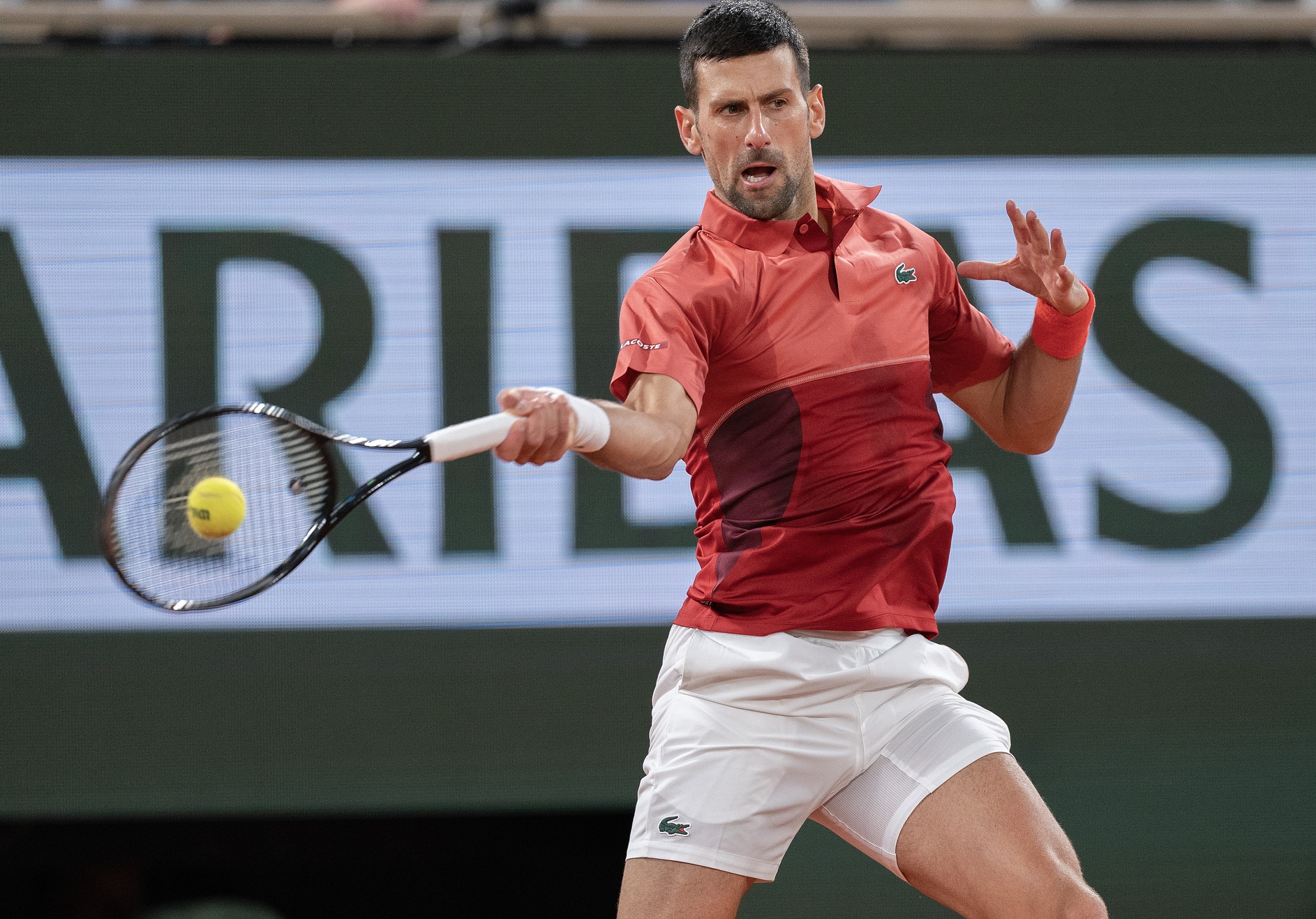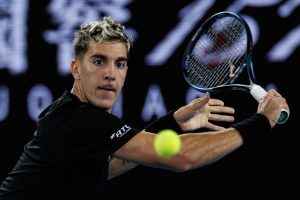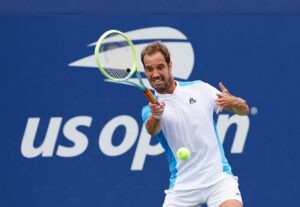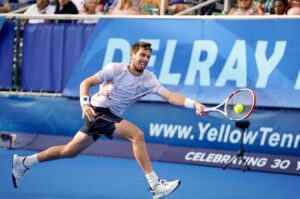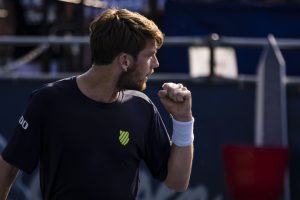Novak Djokovic is the greatest tennis player of all time, and to become the greatest, he needed more than one weapon in his arsenal. Djokovic is arguably the most complete player ever, but his game has specific strengths that made him what he is now.
He is touted to have the best backhand ever, and rightly so. His athleticism and defensive qualities have also been among the best and helped him steal thousands of points. His forehand is right up there with the best and possesses a great first and second serve.
But to me, his greatest and most underrated asset has been the return of serve.
Djokovic’s ability to suffocate opponents by returning a great serve to the server’s feet has been crucial to his success. He has been the master of neutralizing a point with just one shot. But has that ability started to fade as Djokovic enters the twilight years of his career?
Djokovic’s return of serve has started to decline
Novak Djokovic’s biggest strength has always been his return of serve. Unlike his physicality, which improved over time and peaked in 2011, and his serve, which was above average until he teamed up with Goran Ivanisevic and is now a weapon, the great Serb always had impeccable hand-eye coordination and technique on return of serve. But this year, his biggest strength has betrayed him on multiple occasions.
In the four official matches this year when Djokovic played against the two best players in the world, Jannik Sinner and Carlos Alcaraz, he only broke their serve once (against Alcaraz in the Wimbledon finals). He did generate six break points against Alcaraz in the Olympic final, but the stats against Sinner are horrible.
The Serb has failed to generate a single break point in the two meetings against the Italian player this year. That’s six sets without a breakpoint. Sinner wasn’t even taken to deuce in their recent meeting at the Shanghai Masters final.
Sinner and Alcaraz’s serve has improved, but Djokovic has played world-class servers throughout his career and was able to break their serve. In 2023, he was able to break them a lot of time. His improved serve and aggression on the forehand side, coupled with his magnificent and consistent returns, made him almost unbeatable last year.
However, the decline in the return of serve has made him less dangerous and more beatable. Even if they were ahead, top players feared Djokovic’s ability to make incredible returns and get back into the match. That fear is disappearing, which could be the most significant setback for Djokovic in the foreseeable future against the best players.
Has age started to catch up?
One significant reason behind his decline in return prowess could be his age. A great return requires quick reflexes and hand-eye coordination, which deteriorate with aging. He is just a split second slower on return, which makes a big difference, especially since his return position is right on top of the baseline. I think it impacts players who return from right on top of the baseline more than those who are way back, like Rafael Nadal.
Novak Djokovic is still a terrific athlete at 37 but has lost a little speed, which is expected with his age. He has countered this by adding more variety and aggression to his game to end the points quicker and save energy. His spot-serving has improved, and he has become one of the best in the world. But how will he counteract the decline on his return of serve?
If he cannot consistently break the serve of the best players, he will have to slug it out and play longer matches, which will put him at a disadvantage against opponents 10-15 years younger than him. The wear and tear of the body increases with age, and Djokovic will need to find other alternatives if his return of serve keeps declining.
Main Photo Credit: Susan Mullane – USA TODAY Sports


